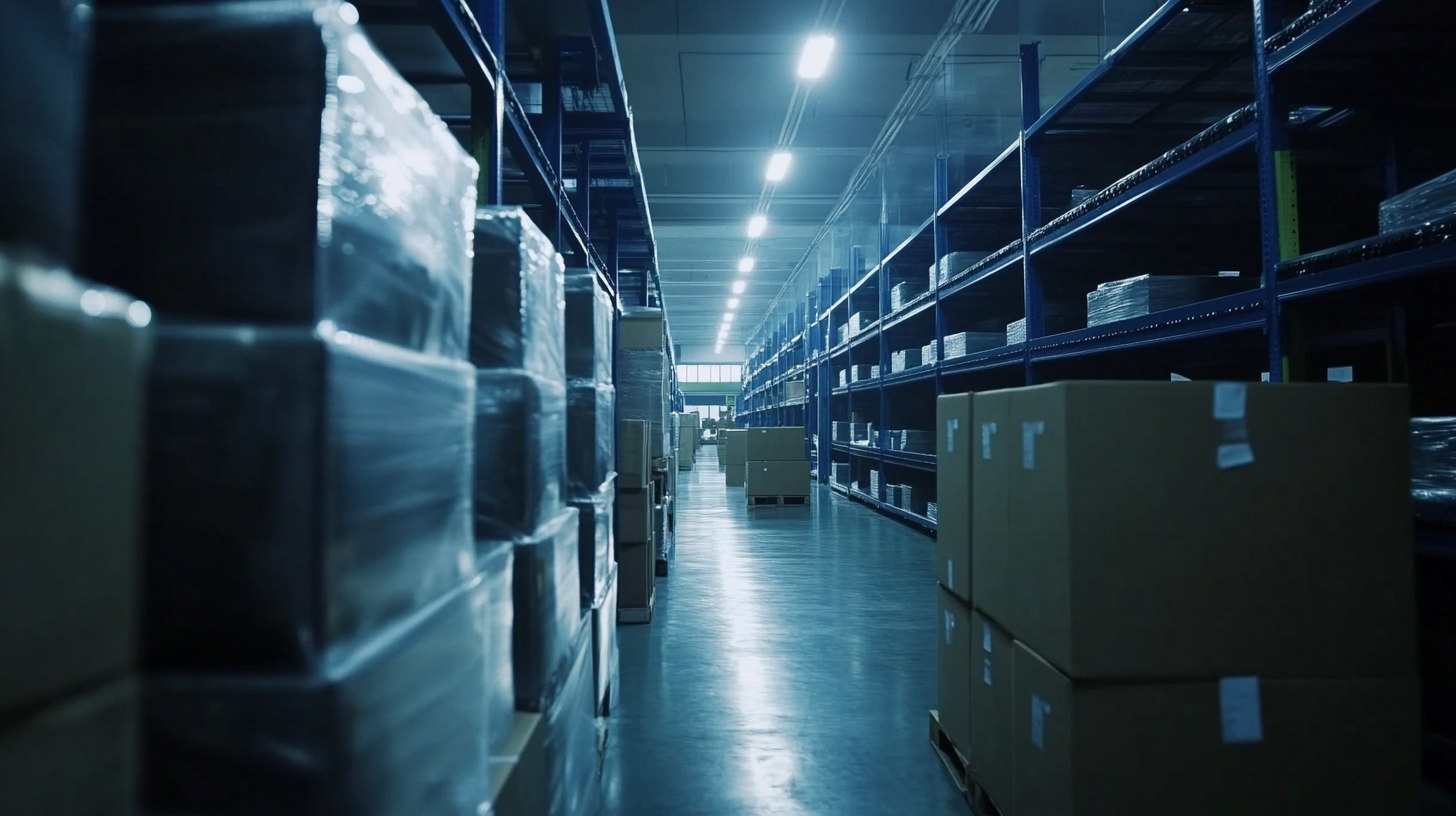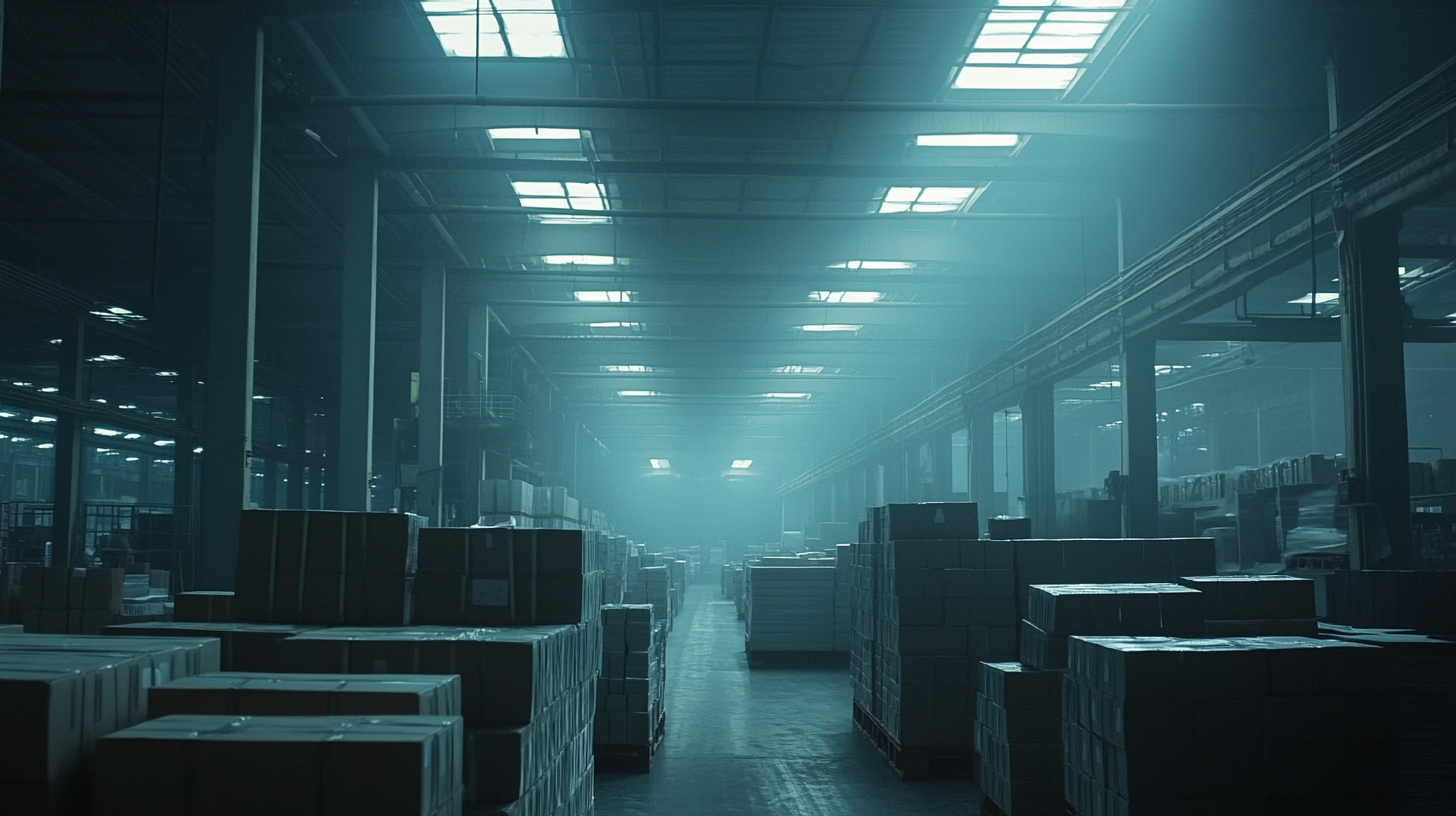 +817089618688
+817089618688
Free Standard Samples can be provided for you to check the quality.
Leave Your Message
In the dynamic landscape of global manufacturing, Chinese innovation is reshaping the way we think about production processes, particularly in the realm of tin boxes. These versatile containers have transcended their traditional purposes to become essential items in diverse industries, from food and beverage packaging to cosmetics and gifts. As the demand for aesthetically appealing and functional packaging continues to rise, the significance of tin boxes has surged. This blog will explore how China, with its robust manufacturing capabilities and inventive designs, is spearheading a revolution in tin box production. We will delve into the latest technological advancements, sustainability efforts, and creative designs that position Chinese manufacturers at the forefront of this thriving sector, ultimately unleashing the power of Chinese innovation on a global scale. Join us as we uncover the transformative impact of these remarkable tin boxes and the future of their manufacturing worldwide.

The history of tin box manufacturing in China dates back to ancient times when artisans skillfully crafted tin containers for practical and aesthetic purposes. Over the centuries, these techniques evolved, incorporating new technologies and materials. The Qing Dynasty marked a significant turning point, as increased trade and contact with Western countries introduced innovative manufacturing methods. This period saw a proliferation of tin box designs, catering to various markets and needs, which laid the foundation for modern production practices.
As we explore the contemporary landscape of tin box manufacturing, the integration of advanced machinery has revolutionized the industry. Today’s manufacturers leverage automation and design software to enhance production efficiency while maintaining the quality that traditional methods provided.
Tip: When considering tin packaging for products, prioritize companies that blend traditional craftsmanship with modern technology, ensuring that the packaging is not only functional but also visually appealing.
Moreover, embracing sustainable practices has become a hallmark of the industry. Many manufacturers are now sourcing eco-friendly materials and implementing recycling initiatives, demonstrating a commitment to environmental stewardship.
Tip: Look for manufacturers that offer customizable design options, which can help your product stand out on the shelves while supporting sustainable production methods.
The tin box manufacturing industry is experiencing a transformative shift driven by significant technological advancements. Innovations in automation and smart manufacturing processes are enhancing efficiency and precision, allowing for greater production outputs with lower labor costs. Companies are incorporating advanced robotics and artificial intelligence to streamline operations, from design to assembly, resulting in consistently high-quality products that meet the diverse needs of global markets.
Moreover, the integration of eco-friendly materials and sustainable practices is reshaping the landscape of tin box production. Many manufacturers are investing in research and development to create recyclable and biodegradable options, which not only appeal to environmentally conscious consumers but also align with global efforts toward sustainability. These technological strides reflect a broader commitment to innovation, empowering Chinese manufacturers to not only compete internationally but to set new industry standards. As these advancements continue to unfold, they promise to position China as a leader in the global tin box market, showcasing the potential of innovation to drive economic growth and environmental responsibility.
The tin box manufacturing industry in China is witnessing a transformative shift towards sustainability. With an increasing emphasis on eco-friendly practices, manufacturers are adopting innovative techniques to minimize waste and enhance resource efficiency. According to a recent report by Smithers Pira, the global market for sustainable packaging is expected to reach $500 billion by 2027, with tin packaging playing a significant role due to its recyclability and durability.
To embrace sustainability in tin box manufacturing, consider integrating renewable energy sources into production processes. This transition not only reduces carbon footprints but also leads to cost savings in the long run. Additionally, implementing closed-loop systems can help recycle scrap metal and packaging materials, thus ensuring that resources are utilized efficiently without harmful waste.
Tip: Engage with suppliers who prioritize sustainability and can provide materials meeting eco-friendly standards. This collaboration not only enhances your brand image but also meets consumer demand for environmental responsibility. Furthermore, educate your workforce on sustainable practices to foster a culture of environmental stewardship in your manufacturing facility. As consumers become increasingly aware of environmental issues, adopting these sustainable practices will help position your brand as a leader in the tin box manufacturing sector.

The global tin market is experiencing remarkable growth, with the market size projected to rise from USD 6.95 billion in 2024 to USD 9.66 billion by 2032, driven by an increasing demand for sustainable packaging solutions. This surge in growth reflects not only the rising popularity of tin boxes but also a global shift towards eco-friendly materials in manufacturing. As consumers and industries prioritize sustainability, Chinese innovation in tin box production is setting a new standard in the market, positioning China firmly as a leader in this sector.
Tips for manufacturers looking to thrive in this competitive landscape include investing in advanced customization techniques to meet diverse consumer needs. Tailoring products to specific market segments can significantly enhance appeal. Additionally, adopting lightweight materials, while maintaining product integrity, is crucial for reducing logistics costs and minimizing environmental impact. Engaging in sustainable practices will not only attract eco-conscious consumers but also comply with increasing regulatory requirements aimed at reducing carbon footprints.
As the tin market continues to expand, staying ahead of global trends and consumer preferences will be key for businesses aiming to capitalize on the growing demand for Chinese tin boxes. Emphasizing innovative design along with sustainable practices will ensure long-term success and market relevance.

The tin box manufacturing industry has witnessed remarkable transformations driven by innovative Chinese brands. Companies like Zhongshan Jindun Packaging and Shenzhen Baofeng Metal Products exemplify how a traditional industry can embrace modern techniques to redefine their product offerings. For instance, Zhongshan Jindun has implemented advanced automation in its production processes, significantly enhancing efficiency and product consistency. Their commitment to quality and design has allowed them to evolve from a domestic supplier to a preferred partner for numerous international brands.
Another notable player, Shenzhen Baofeng, has successfully merged sustainability with innovation. By utilizing eco-friendly materials and processes, they not only cater to the growing demand for sustainable packaging but also set a benchmark for the industry. Their design team focuses on creating aesthetically pleasing yet functional tin boxes, appealing to diverse markets worldwide. These case studies underscore the adaptability and visionary approach of Chinese brands in the tin box sector, positioning them as global leaders in manufacturing excellence.
